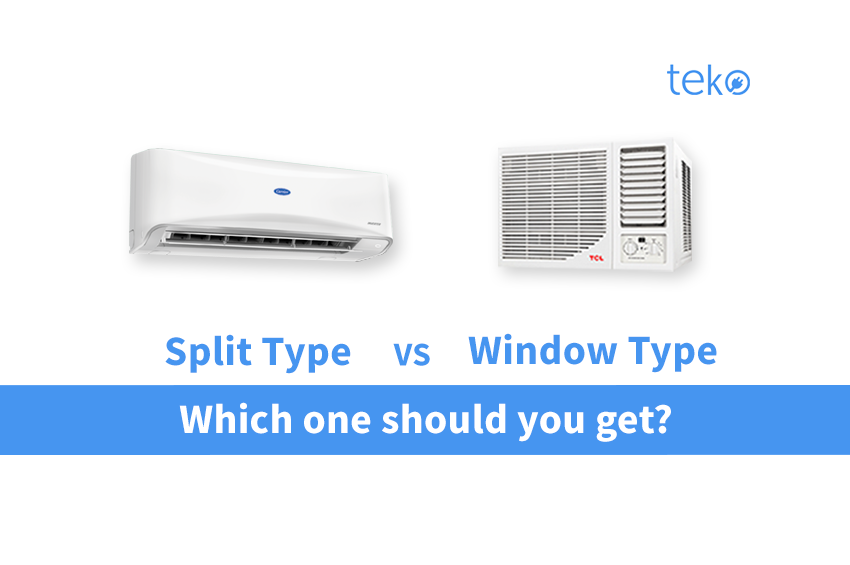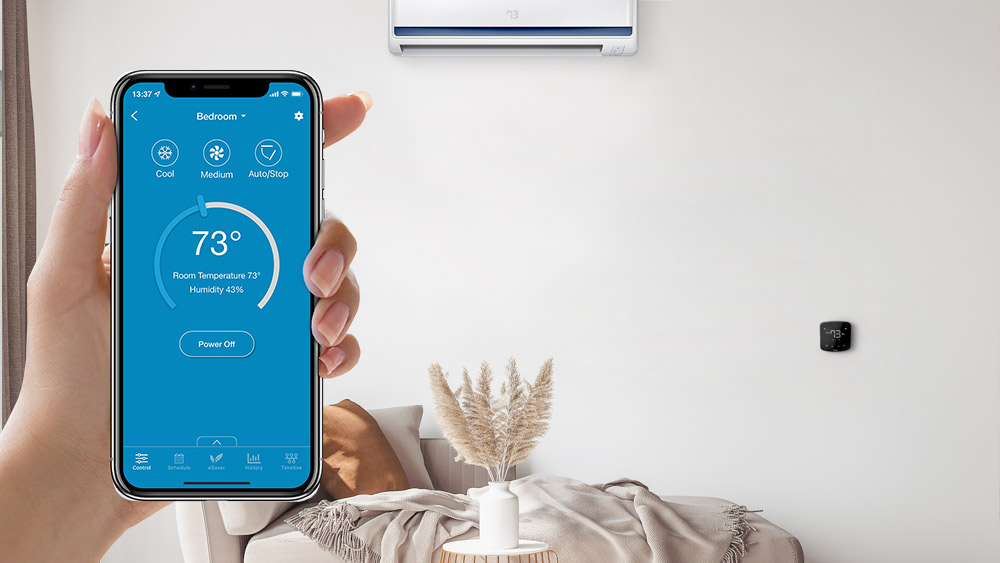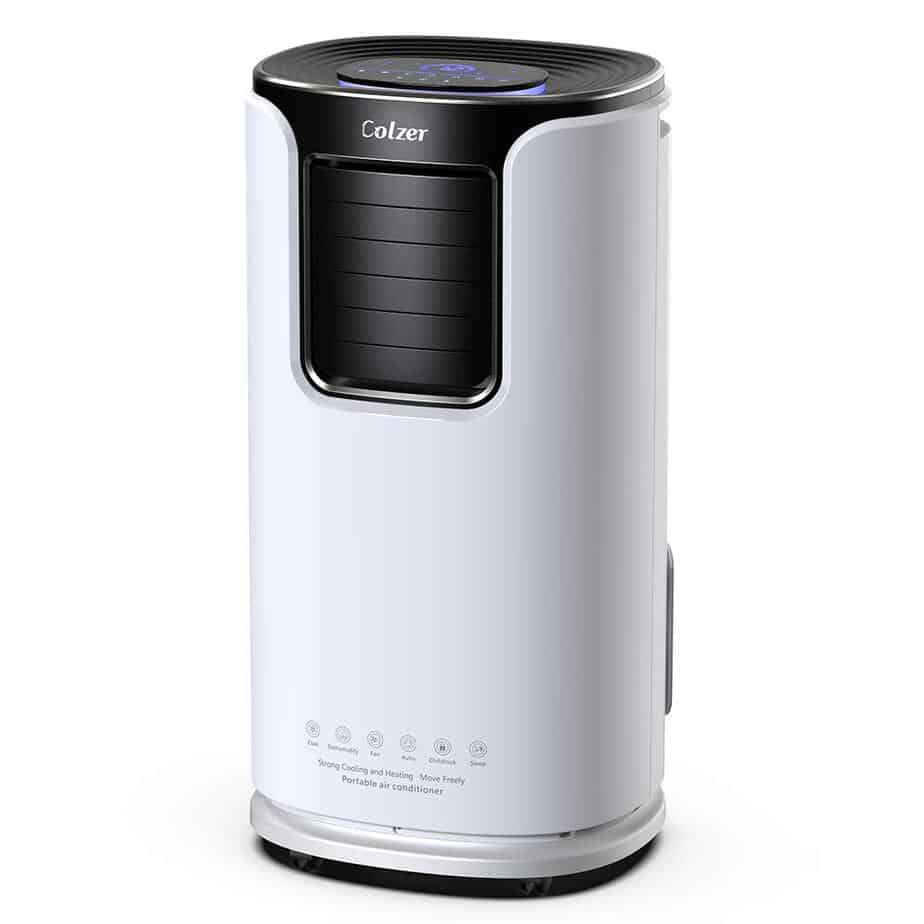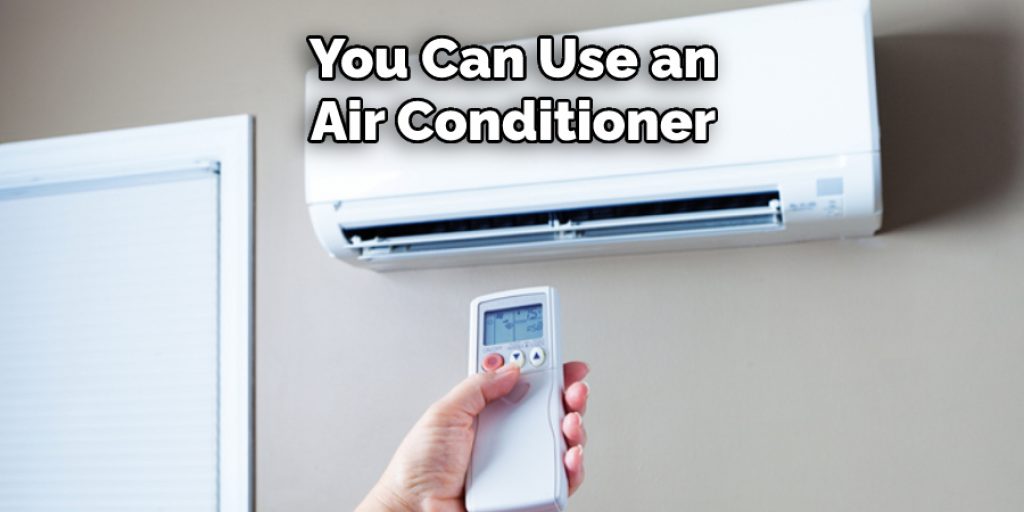Embarking on the journey to find the perfect air conditioner size involves a careful consideration of various factors and calculations. This guide will walk you through the essential steps in selecting the ideal cooling system for your space, ensuring optimal comfort and efficiency.
Factors to consider when choosing the right air conditioner size
When selecting the right air conditioner size for your space, there are several important factors to consider to ensure optimal performance and efficiency.Explain how room size affects the choice of air conditioner size
Room Size
The size of the room you are looking to cool is a crucial factor in determining the appropriate air conditioner size. Larger rooms require air conditioners with higher cooling capacities to effectively cool the space. Measure the square footage of the room to determine the BTUs (British Thermal Units) needed for the air conditioner.Discuss the importance of considering the climate in selecting the appropriate size
Climate
The climate of the region where you live plays a significant role in choosing the right air conditioner size. Hotter climates require air conditioners with higher cooling capacities to combat the intense heat. Similarly, humid climates may require additional dehumidification features.Provide examples of other factors like insulation, ceiling height, and sunlight exposure
Insulation, Ceiling Height, Sunlight Exposure
Insulation
Well-insulated rooms retain cool air better, reducing the workload on the air conditioner. Poor insulation may result in the need for a larger unit.
Ceiling Height
Taller ceilings require air conditioners with higher cooling capacities to effectively distribute cool air throughout the room.
Sunlight Exposure
Rooms that receive direct sunlight may heat up more quickly, requiring a larger air conditioner to maintain a comfortable temperature.
Understanding BTUs and their role in determining the right air conditioner size
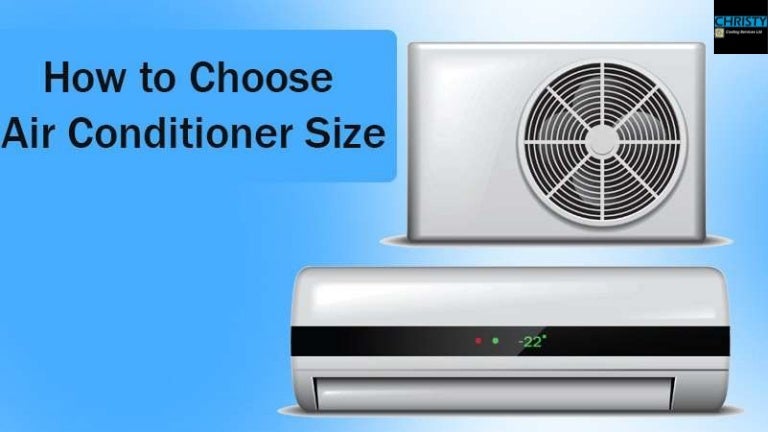
When choosing the right air conditioner size for your space, it's essential to understand BTUs and how they play a crucial role in determining the cooling capacity of the unit.
Definition of BTUs
BTU stands for British Thermal Units, which is a unit of measurement used to quantify the amount of heat energy needed to raise the temperature of one pound of water by one degree Fahrenheit. In the context of air conditioners, BTUs are used to measure the cooling capacity of the unit.
BTU Requirements for Different Room Sizes
- Small Rooms (100 to 300 square feet): For smaller spaces, such as bedrooms or offices, an air conditioner with around 5,000 to 7,000 BTUs is typically sufficient to cool the area effectively.
- Medium Rooms (300 to 600 square feet): Medium-sized rooms, like living rooms or master bedrooms, may require an air conditioner with 8,000 to 14,000 BTUs to ensure adequate cooling.
- Large Rooms (600 to 1,000+ square feet): Larger rooms, such as open-plan areas or basements, will need an air conditioner with 15,000 BTUs or more to cool the space efficiently.
Relationship Between BTUs and Room Size
The number of BTUs required for a room is directly related to the size of the space. Larger rooms will need air conditioners with higher BTU ratings to effectively cool the area, while smaller rooms can be adequately cooled with units with lower BTU ratings.
It's important to match the BTU capacity of the air conditioner to the size of the room to ensure optimal cooling performance.
Calculating the appropriate air conditioner size for your space
When it comes to choosing the right air conditioner size for your space, calculating the required BTUs is crucial. By following a simple formula based on room dimensions, you can ensure that your air conditioner will effectively cool the area without wasting energy.
Formula for calculating required BTUs based on room dimensions
To determine the appropriate size of the air conditioner in British Thermal Units (BTUs) needed for your space, you can use the following formula:
BTUs = (Length x Width x Height of the room) x 25
- Measure the length, width, and height of the room in feet.
- Multiply these three dimensions together to get the total cubic footage of the room.
- Then, multiply the total cubic footage by 25 to calculate the required BTUs for the space.
Step-by-step guide on how to measure and calculate BTU requirements
- Measure the length, width, and height of the room in feet using a tape measure.
- Multiply the three dimensions together to get the total cubic footage of the room.
- Use the formula (Length x Width x Height) x 25 to calculate the required BTUs for the space.
Tips on adjusting BTU calculations for specific room conditions
Adjusting BTU calculations for specific room conditions can ensure that your air conditioner will perform optimally. Consider factors such as:
- Insulation: If your room has poor insulation, you may need to increase the BTU calculation by 10% to 20%.
- Sunlight exposure: Rooms that receive direct sunlight may require an additional 10% in BTUs.
- Number of occupants: For rooms with more than two occupants, add 600 BTUs per additional person.
Common mistakes to avoid when choosing an air conditioner size
When selecting an air conditioner size, it's crucial to avoid common mistakes that can lead to inefficiency and discomfort in your space. Understanding the consequences of choosing the wrong size unit is essential to ensure optimal performance and energy savings.
Identifying the consequences of selecting an oversized air conditioner
Opting for an oversized air conditioner may seem like a good idea to quickly cool your space, but it can actually lead to several issues:
- Short cycling: An oversized unit will cool the room too quickly, causing it to turn on and off frequently, leading to increased wear and tear on the system.
- Poor humidity control: The unit may not run long enough to effectively dehumidify the air, resulting in a clammy or uncomfortable environment.
- Higher energy bills: Operating an oversized air conditioner consumes more energy than necessary, leading to increased utility costs.
Discussing the drawbacks of choosing an undersized unit
Conversely, selecting an undersized air conditioner can also present challenges:
- Inadequate cooling: An undersized unit will struggle to cool the space efficiently, leading to hot spots and overall discomfort.
- Constant running: The air conditioner may run continuously in an attempt to reach the desired temperature, putting strain on the system and increasing energy consumption.
- Reduced lifespan: Continuous operation and strain on an undersized unit can shorten its lifespan and require more frequent repairs or replacements.
Providing examples of how incorrect sizing can impact energy efficiency and comfort
Incorrectly sizing an air conditioner can have a direct impact on both energy efficiency and comfort levels in your space. Here are some examples:
- Energy waste: An improperly sized unit will either waste energy by running inefficiently or struggle to maintain a comfortable temperature, leading to unnecessary energy consumption.
- Discomfort: Inconsistent temperatures, poor humidity control, and inadequate cooling can result in discomfort for occupants, negating the purpose of having an air conditioner.
- Increased maintenance costs: Overworking an incorrectly sized unit can lead to more frequent breakdowns and repairs, increasing maintenance costs over time.
Epilogue

As you navigate the realm of air conditioner sizes, armed with knowledge and insights from this guide, you are well-equipped to make a well-informed decision that aligns perfectly with your cooling needs.
Questions and Answers
How does room size affect the choice of air conditioner size?
Room size directly influences the cooling capacity needed, with larger rooms requiring air conditioners with higher BTU ratings.
What are BTUs and why are they important in determining the right air conditioner size?
BTUs measure the cooling capacity of an air conditioner, with higher BTU ratings suitable for larger spaces.
What are some common mistakes to avoid when choosing an air conditioner size?
Avoid selecting an oversized unit, as it can lead to inefficiency and higher energy costs. Likewise, opting for an undersized unit may result in inadequate cooling.
How can one calculate the appropriate air conditioner size for a space?
By using the formula to determine required BTUs based on room dimensions and adjusting for factors like insulation and sunlight exposure.


